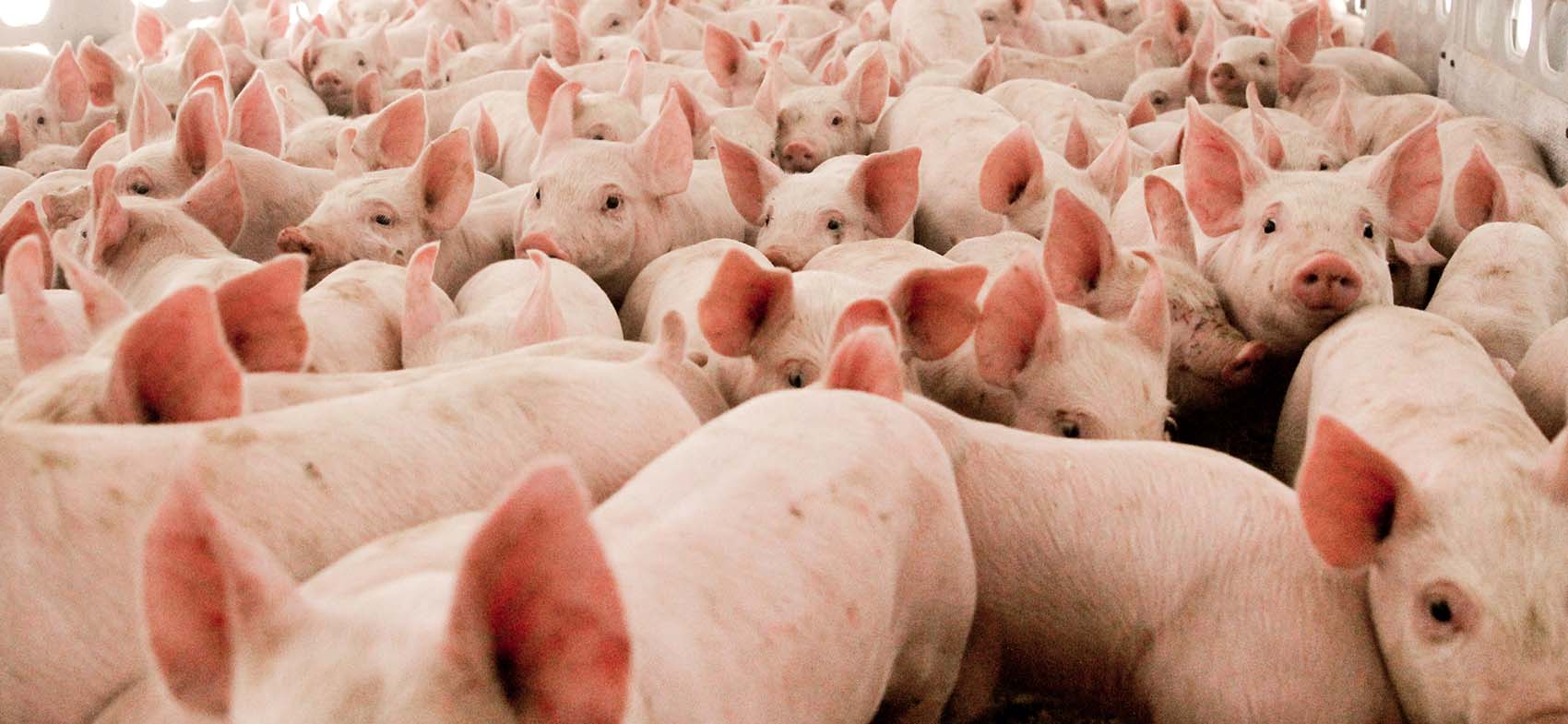23 Mar 2016 Disinfectant Report Card: Glutaraldehyde
Aldehydes, are highly effective, broad spectrum disinfectants, which typically achieve sterilization in soaking applications by denaturing proteins and disrupting nucleic acids. The most commonly used actives are formaldehyde and gluteraldehyde. Aldehydes are effective against bacteria, fungi, viruses, mycobacteria and spores. Aldehydes are non-corrosive to metals, rubber, plastic and cement. These chemicals are highly irritating, toxic to humans or animals with contact or inhalation, and are potentially carcinogenic; therefore their use is limited.
Disinfectant #12: Glutaraldehyde: Should it’s use be continued?
Glutaraldehyde (GLUT) or 1,5-pentanedial is one the most commonly used disinfectant ingredients from the family of aldehydes. Glutaraldehyde is a biocide with broad spectrum of activity including sporicidal activity. However, it is also a protein fixative, therefore the surfaces soiled with protein based soils like blood must be pre-cleaned with a detergent solution prior to their exposure to glut; otherwise the blood soils will be fixed on the instrument.
This is how we would rate Glutaraldehyde disinfectants based on the key decision making criteria: (see below)
Glutaraldehyde Disinfectant Report Card
| Subject | Grade | Comments |
| Speed of Disinfection | B to C | High Level Disinfection within 10 – 60 minutes. Sporicidal contact time required to achieve chemical sterilization is 6 – 12 hrs. |
| Spectrum of Kill | A | Achieves disinfection against all microorganisms; bacteria, viruses, fungi, mycobacteria and spores |
| Cleaning Effectiveness | N/A | No detergent properties; in fact due to its fixative nature it can stain proteins to the surface and act as a staining agent. High Level Disinfection and Chemical Sterilization requires instruments to cleaned prior to moving to the disinfection or sterilization process. |
| Safety Profile | D | Use of glutaraldehyde has revealed serious and wide ranging health risks including dermatitis (allergic reactions to the skin), rhinitis, conjunctivitis and asthma. Requires special ventilation requirements to ensure exposure limits set by the Occupational Health & Safety Act are not exceeded. |
| Environmental Profile | D | Restrictions in disposal. Concerns with Environmental Toxicity |
| Cost Effectiveness | B to C | Products are available from a number of suppliers. |
Upon introduction in the early 1960’s, GLUT was thought to be a safer and more effective replacement to be used in disinfectants particularly due to its efficacy and use for high level disinfection and chemical sterilization. More recently resistance development has been seen in certain Mycobacteria stains, such as M. chelonei , when used as a 2% solution for endoscope disinfection. The use of glutaraldehyde in the medical sector has revealed serious and wide ranging health risks to operators including dermatitis (allergic reactions to the skin), rhinitis, conjunctivitis and asthma. Long term exposure to GLUT at use dilutions (2 – 8%) is known to cause irritation of skin and lungs of the end users. Due to such respiratory issues, GLUT must be always used in closed chambers with ventilation. Mutagenicity has been reported in certain strains of salmonella, when exposed to GLUT solutions.
Glutaraldehyde is considered to be readily biodegradable and while its biodegradation products are known to be less toxic, glutaraldehyde itself is highly toxic to algae and moderately toxic to aquatic animals.


